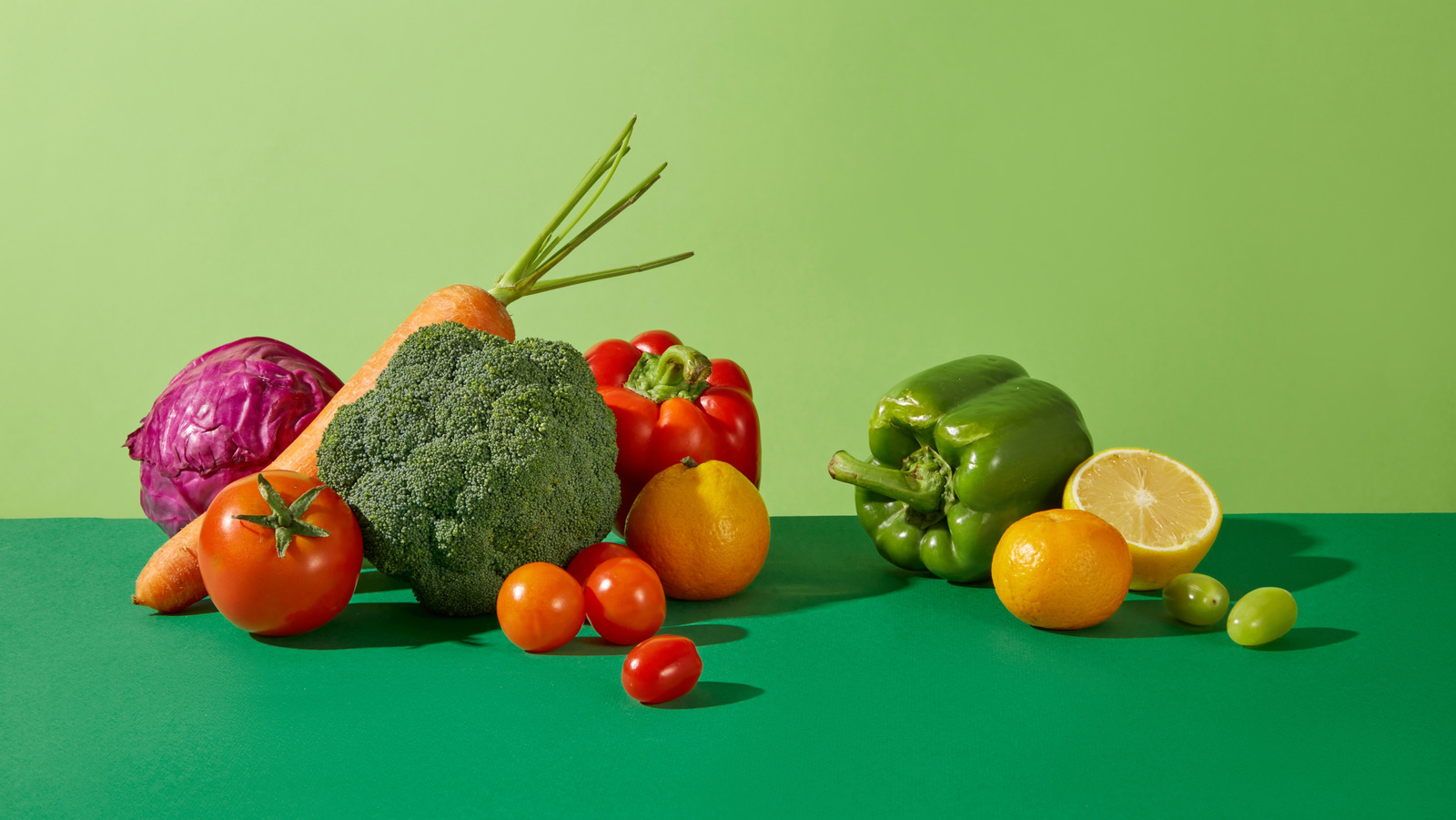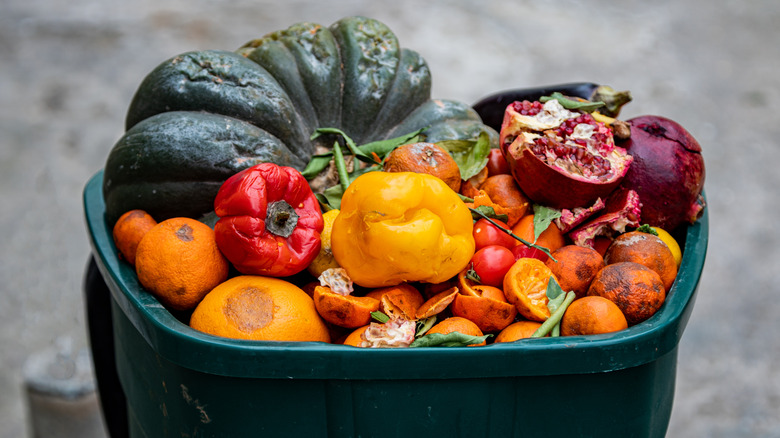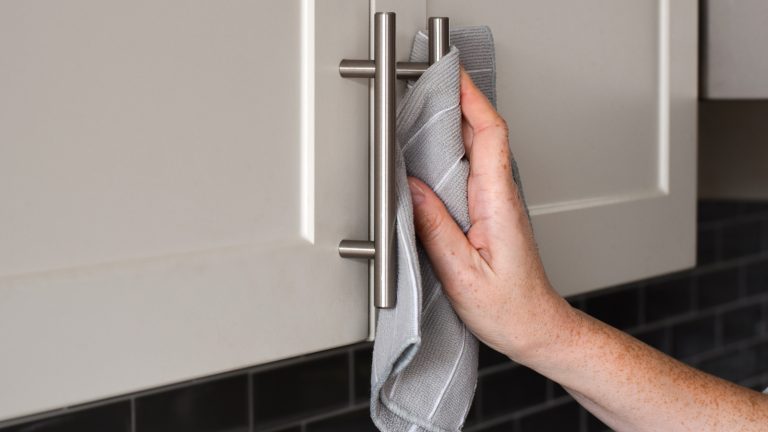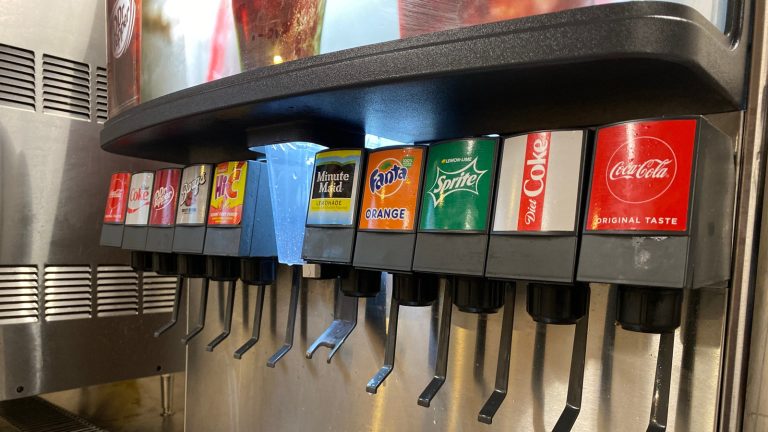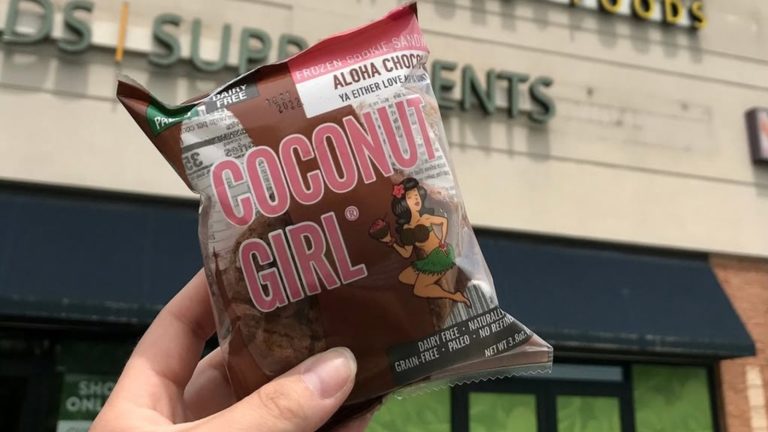Nobody likes waste. But, it stings a little extra when tossing out expensive organic veggies — how could you have forgotten that spinach? It’s tempting to cling onto those higher-priced items for as long as possible, but there’s a clear cut-off point when produce starts releasing liquid. Whenever a veggie begins to ooze, it’s a telltale sign that it needs to be binned. This stage of aging is a reliable “past its prime” marker and actually indicates a risk of botulism, particularly in the case of unsafe-to-eat moldy mushrooms. At the first signs of liquid, you’ve ventured past the orange flags and have entered a serious red zone.
Deterioration is easier to spot for some veggies than others. For instance, the most obvious example is the textural transformation of leafy greens. That slimy, mushy coating that replaces the crispness of lettuce? It’s how to tell when it’s time to toss out your salad greens. This concept applies to other vegetables, including squash, cauliflower, asparagus, carrots, and green beans. Since changes might not be as obvious, always pay attention to package corners when it comes to wrapped or bagged veggies as they may release liquid into their packaging.
What causes vegetables to release liquid?
That cursed development of sliminess is an unfortunate reality for any home chef. But, what’s the driving force behind this deterioration? There is a combination of reasons. Firstly, the death of cells causes enzymes to breakdown and leak, prompting the veggie to soften. Think of the cells like deflating balloons — leaving limp-looking veggies in their wake. Secondly, it’s impossible to eradicate bacteria from even the cleanest kitchens. Alongside the natural shriveling that occurs, the growth of bacteria on the vegetable’s surface begins to create a slippery film. Combine the natural disintegration and accelerating colonies of slime-inducing bacteria, and you’ll very quickly find a vegetable oozing liquid. Hopefully, however, it’s a contained mess and hasn’t slipped across the refrigerator shelving.
It’s worth researching tips for keeping vegetables fresher longer. Just understand that it’s often an unavoidable reality as many vegetables, including lettuce and mushrooms, are lucky to last longer than a week. Above all, when you spot liquid, act fast. The major danger of leaving spoiled food in your fridge is contaminating other items. Throwing away one piece of produce is bad, but tossing out an entire drawer of veggies is foodie heartbreak.


